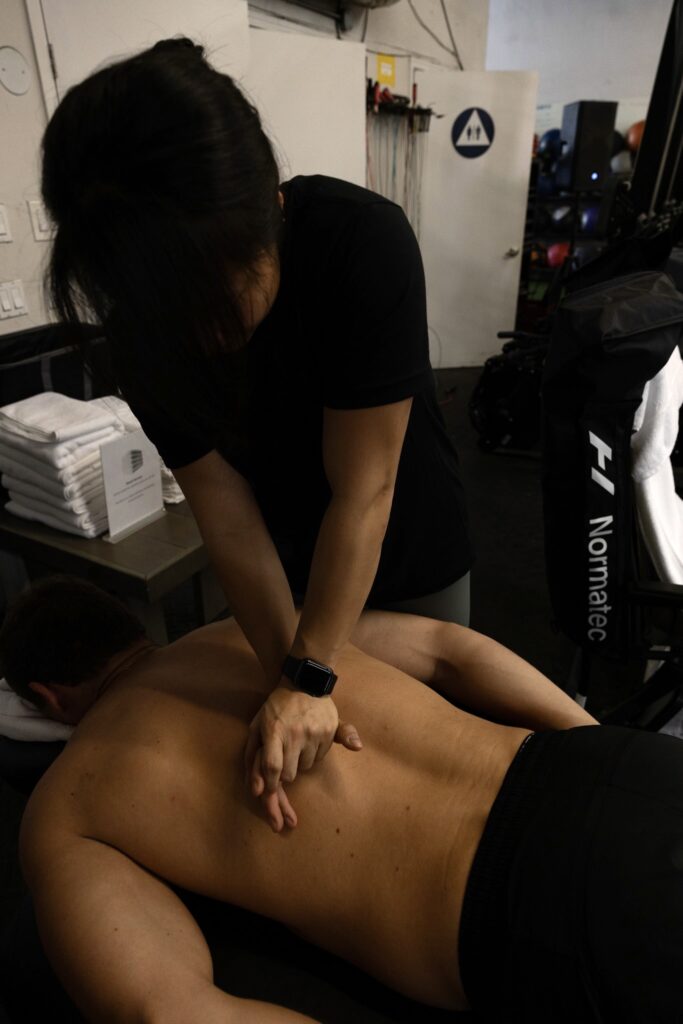What is joint mobilization?

Physical therapists use joint mobilization as a hands-on technique to improve joint function and reduce pain or stiffness. It involves skilled passive movements of a joint to stretch a joint capsule and restore range of motion. Almost every joint can be mobilized, with the exception of synarthroses, which are present (for example) in the skull.
The goals of the technique are to:
- Restore normal joint function and range of motion.
- Reduce pain and inflammation.
- Improve circulation and tissue healing.
- Enhance neuromuscular control of the joint.
Before performing the technique, we will assess the joint in which you have pain. While considering your medical history and symptoms, we will determine whether your joint would benefit from mobilization or a different kind of treatment.
Joint Mobilization Techniques:
Mobilizing a joint can involve different techniques, and the choice of technique depends on your condition. Common techniques include:
- Oscillations: Involves applying rhythmic, repetitive pressure to a joint.
- Holds: Involves constant pressure to a joint.
- Movement with Mobilization: Involves applying pressure while moving the joint within its available range of motion.
Grades of Joint Mobilization
The grade of the mobilization will vary depending on the patient’s pain levels or goals of treatment.
- Grade I – small amplitude movement at the beginning of the available range of movement
- Grade II – large amplitude movement at within the available range of movement
- Grade III – large amplitude movement that moves into the end range of available movement
- Grade IV – small amplitude movement stretching into or past the end range of available motion
Feedback and Monitoring: Throughout the treatment, we will assess your response, looking for signs of improvement or discomfort. We may adjust the force and direction of the mobilization based on your feedback.
Post-Treatment Exercises: After your treatment, we will give you specific exercises to perform to maintain and further improve mobility and stability. These exercises are designed to complement the effects of the mobilization.
Please note that joint mobilization should only be performed and/or taught by trained and licensed healthcare professionals who have a thorough understanding of anatomy and joint mechanics. Incorrect or inappropriate mobilization can lead to injury or worsen existing conditions.
If you think you may benefit from this technique, please feel free to reach out to us to discuss further or to book a session.

